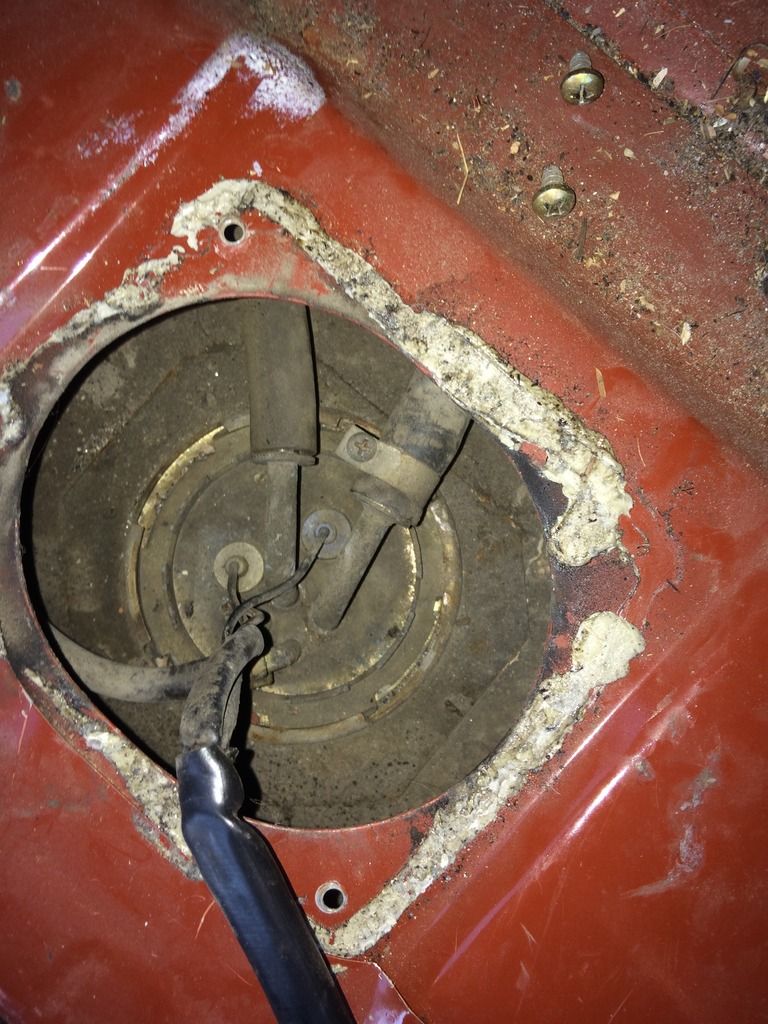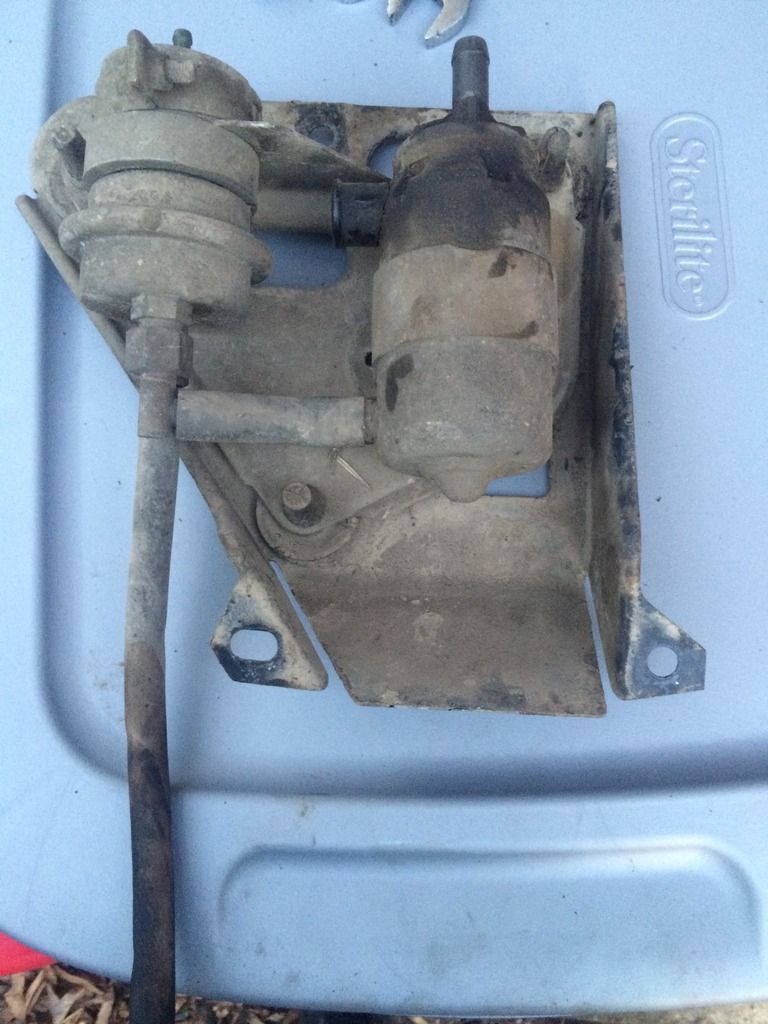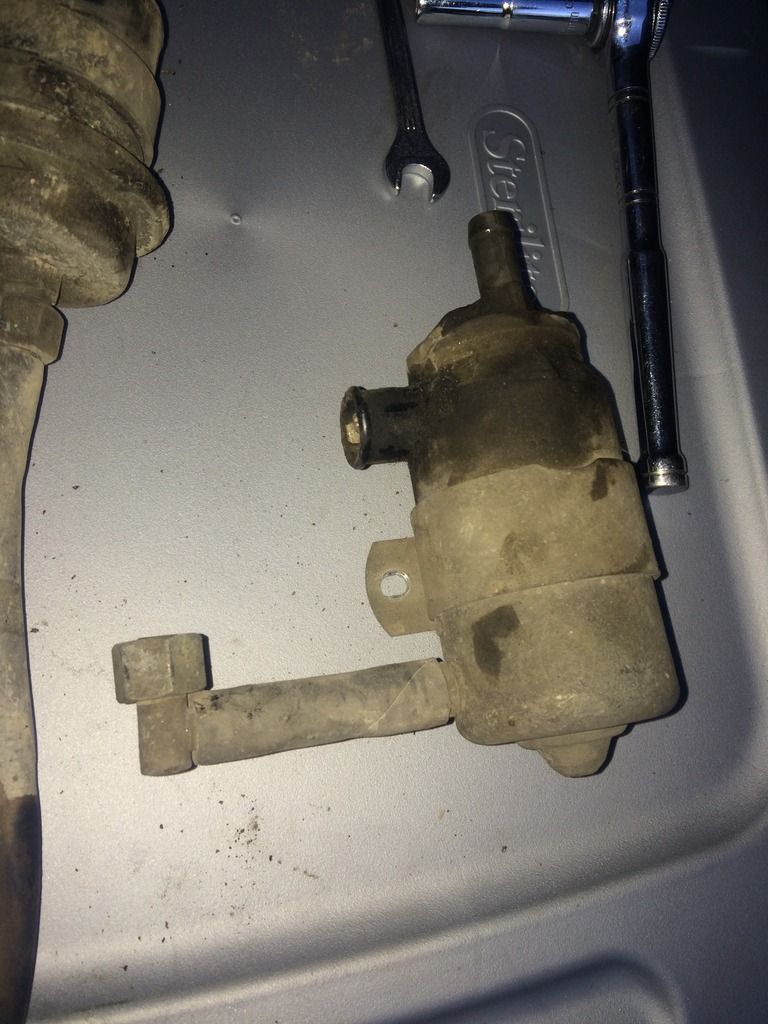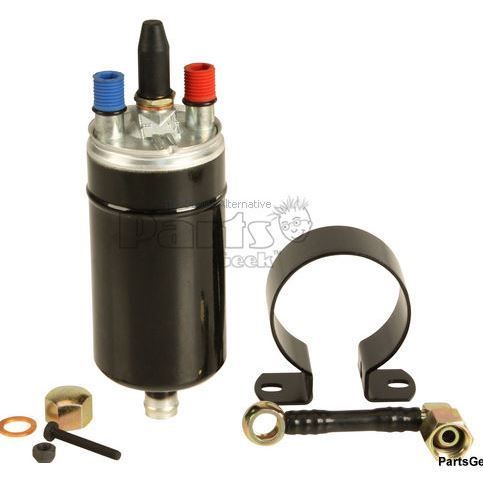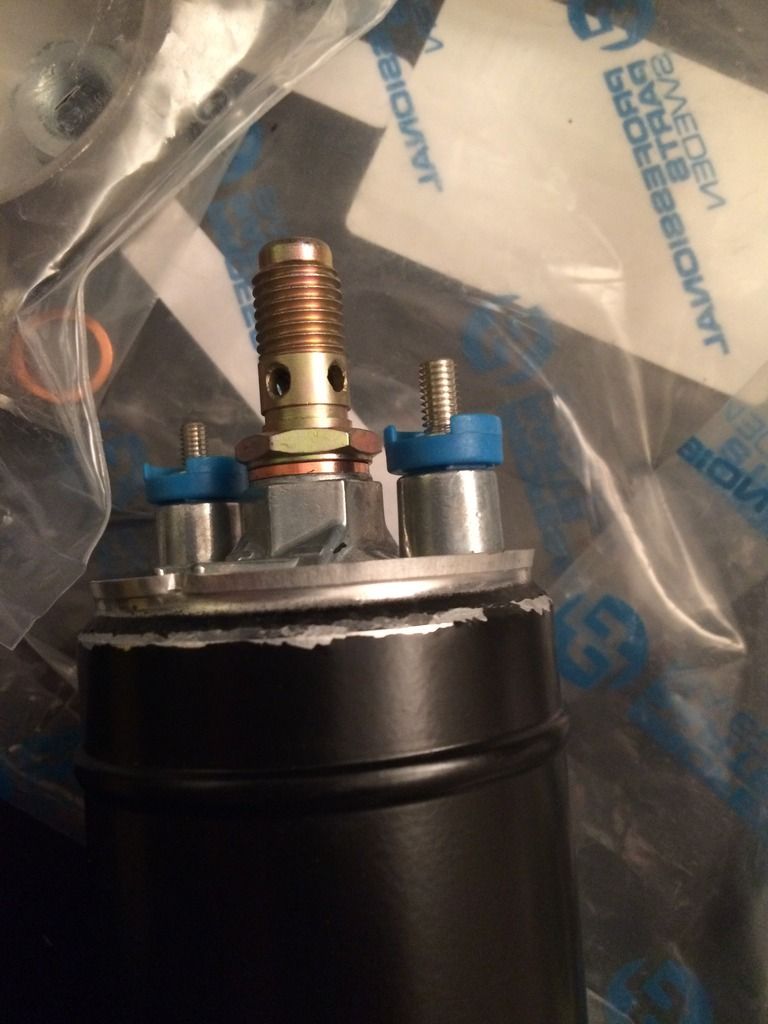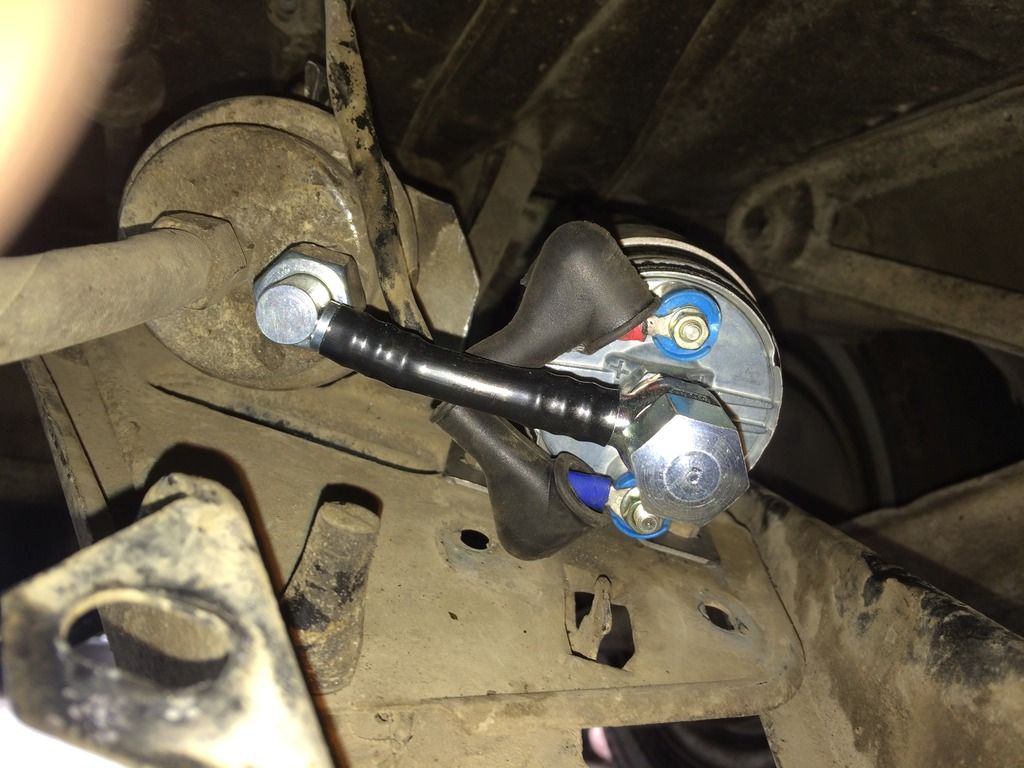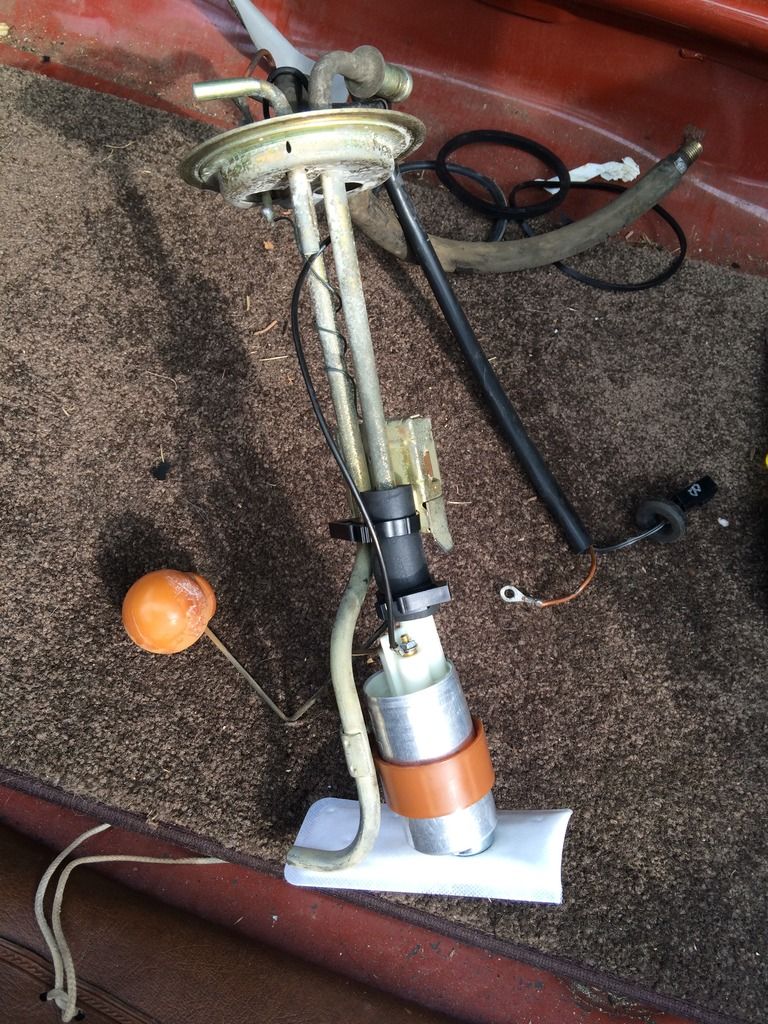canyoneagle
Striving for mediocrity
- Joined
- Aug 26, 2011
- Location
- Chapel Hill, NC
Nothing exciting to report. 29 degree temps kept my work on the car to a minimum.
Fixed the wire near the starter - it was a b%$#tch to get in there to strip/splice the wires, but I got it done.
I also replaced several vacuum lines while I was at it today.
Turned the car over, still no sign of fuel. Too chilly to chase it down today.
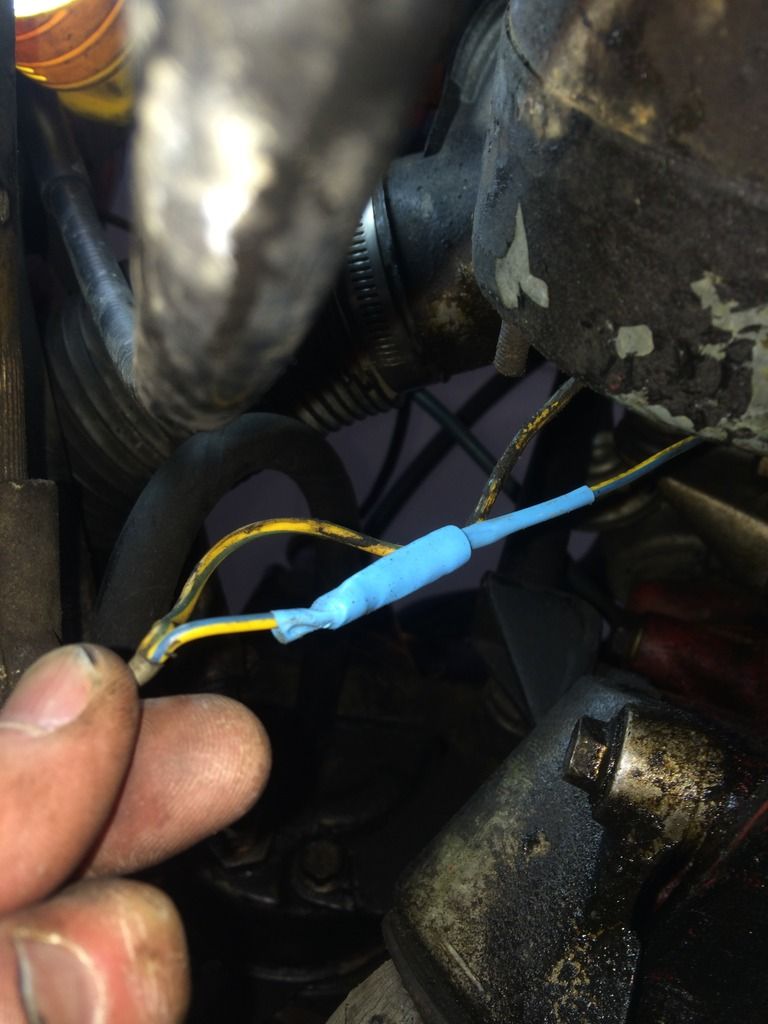
Fixed the wire near the starter - it was a b%$#tch to get in there to strip/splice the wires, but I got it done.
I also replaced several vacuum lines while I was at it today.
Turned the car over, still no sign of fuel. Too chilly to chase it down today.




